Pakistan. A Long Period of Instability.
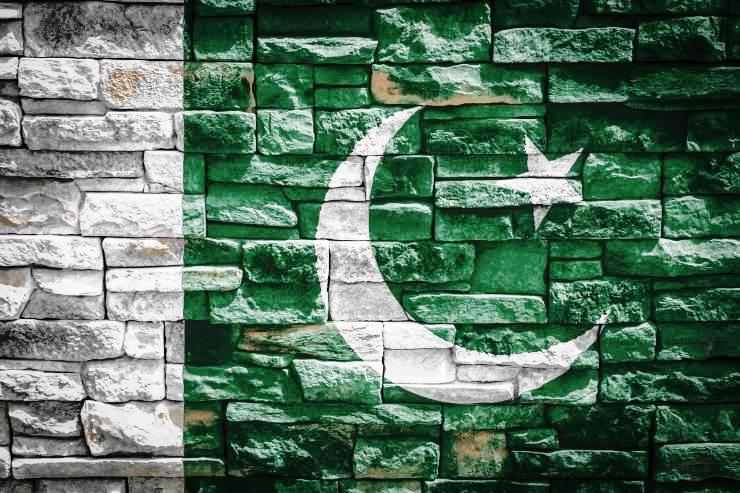
A tortuous path towards independence. Contrasts with India. The Kashmir disputes. The power of the military. Economic crisis. Internal security issues. The next general election will be held in January 2024.
The young Islamic Republic of Pakistan, officially created in 1956 following the abolition of British rule, is geographically located in South Asia. The territory is mainly covered by high mountains, arid deserts and uncultivated plains located at sea level, which together comprise three fifths of the surface, while the remaining two fifths belong to the fertile alluvial plains formed by the Indus and its tributaries, located in the eastern part of the country.
The Indus is the largest watercourse, originating in China and flowing into Pakistan, touching all the provinces, except Baluchistan, and then flowing into the Arabian Sea. Baluchistan, located west of the Indus plain, constitutes an extension of the Iranian plateau and the Afghan Sulaiman Mountains.
To the west there are also the Hindu Kush chains which connect to the north with the Karakoram and, also to the north, but on the other face of the Indus valley, lies the Himalayan massif with the peaks of Nanga Prabat and K2 which exceed eight thousand meters in altitude.
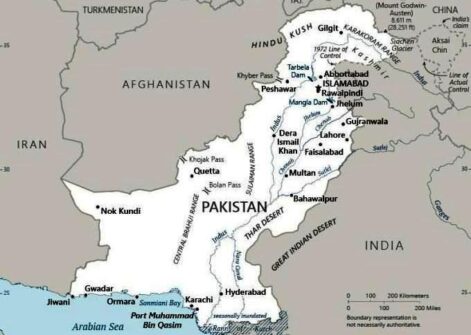
The country borders Iran to the west, Afghanistan to the north and north-west, India to the east and south-east while to the south it is washed by the Arabian Sea which is part of the Indian Ocean.
Then there is the part of Kashmir administered by Pakistan which borders China to the north-east.
The border with Afghanistan, delimited by the well-known Durand line, is a very fragile border as it was drawn in 1893, when the country did not yet exist and its territory belonged to India, which was under British rule at that time. The agreement, signed by the then Emir of Afghanistan Abdur Rahman and the English emissary of British India, Sir Mortimer Durand, whose name the border bears, caused countless political problems in the following years as it clearly divided areas inhabited by tribal communities that had until then been homogeneous.
Of these, the Pashtun population was the one that suffered the greatest consequences as a significant part of it, which traditionally gravitated towards the markets of Peshawar, Kohat, Bannu, Tank, and Quetta, fell within the British Raj.
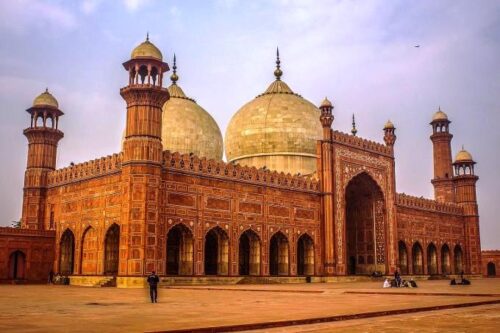
Lahore. The Badshahi Mosque, or “imperial mosque”. Built by the Emperor Aurangzeb between 1671 and 1673, it remains the largest mosque of the Mughal period; its courtyard can accommodate 100,000 worshipers. (Photo: CC BY-SA 4.0/Jalal.shahid)
The purpose of this division was essentially aimed at weakening the demographic weight of the Pashtuns within Afghanistan, compared to that of other ethnic groups, and consequently undermining the nation-state project then under construction, cantered precisely on the Pashtun element that had been dominant on the political level since the eighteenth century. On the Afghan side, on the other hand, it was believed that the alliance with the British would be useful in blocking the advance of the Russians who were of greater concern to the Emir than any possible threats from the British who promised the Afghans subsidies also in terms of weapons and war equipment.
However, to fully understand the history of Pakistan and the current dynamics, we need to look back in time and reach the period in which India came under British rule in 1857. It was at that time that the idea of an independent Islamic nation began to develop among the Muslim populations of the Indian area, albeit in an embryonic way, which remained in incubation for the following decades, and which began to show its first effects in 1900, at the moment in which Hindi was declared an official language by the colonial administration.The fear that Hindus, demographically more numerous, could attack Muslim culture and religion in the subcontinent, in fact, gave a strong boost to the cause of self-determination of Muslims who gave life to the Muslim League to protect the freedoms of the Muslim minority in India. But the real acceleration towards the affirmation of separatist doctrines occurred with the outbreak of the Second World War which saw the British colonial government of India go to war alongside the mother country.
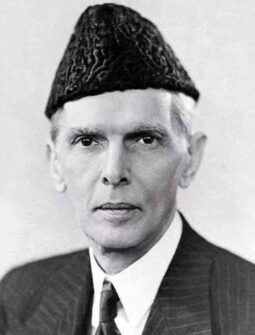
Mohammad Ali Jinnah – politician and the founder of Pakistan (1876–1948). File Archive
The League, in fact, from that moment rejected the concept of unity of the Indian nation, recommending the creation of an autonomous Muslim state.
At the end of the conflict, Great Britain, finding itself short of resources to support its vast colonial empire, passed the Independence of India Act of 1947, through which it took the decision to leave India, arranging that, in the summer of the same year, India and Pakistan acquired independence on the dates of 14 and 15 August, respectively, as well as their simultaneous entry into the Commonwealth. It was a transitory situation which ended in 1956 with the definitive abolition of British rule. Independence, however, generated quite a few problems relating to territorial partition with sectarian violence and inter-religious clashes which caused the exodus of several million people. At the same time, a further conflict broke out in the impervious mountains of Kashmir caused by the provisions of the agreements regarding the (theoretical) right to choose, granted to the population, regarding which of the two new states they wanted to join. Since the area has a large Islamic majority, the choice for Pakistan was almost obvious.
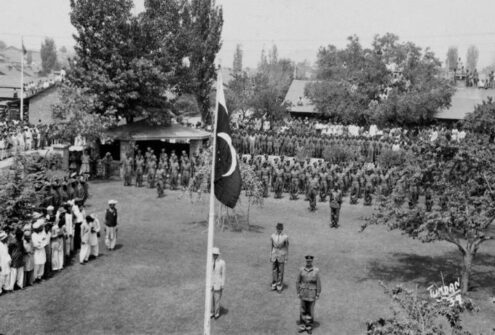
Pakistan Independence Day at Razmak, North West Frontier, 15 August 1947. File Archive
This produced the Indian reaction and the consequent conflict with thousands of deaths and a decidedly unstable territorial structure considering that the bulk of the Muslim presence, attested in the Kashmir valley, falls under Indian sovereignty, while Pakistan was recognized as having a large, not very accessible, and sparsely populated portion of the region.
The new state, from a geographical point of view, was divided into two large portions: that of western Pakistan and that of eastern Bengal. The two regions were predominantly agricultural since the few industries that existed before 1947 had been inherited from India.
In 1948 the country once again fell into chaos following the decision taken by the governor of Dacca to adopt Urdu as the official language. This was followed by harsh protests in Bengal and the birth of the Bengali language movement which reached its peak of mobilization in 1952, provoking ferocious reactions from the Pakistani police who opened fire on the activists. The episode, certainly, did not weaken the tenor of the demands that were increasingly fuelled over the years, reinvigorating the independence movement which led Bengal to independence on 27 March 1971. This provoked a harsh reaction from Pakistan and the consequential conflict between army and Mukti Bahini. The Bangladeshi freedom fighters were supported by India which also declared itself open to accepting the refugees. (Photo: 123rf.com)
(F.R.)



